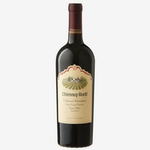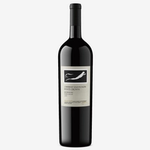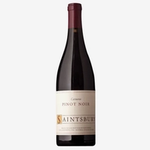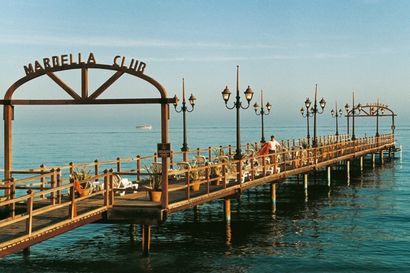Go west: Why US wines are taking the world by storm
Wines from the US are enjoying vintage success
Believe it or not, wine is made in all 50 US states. And while I haven’t tried the Bear Creek Strawberry Rhubarb cuvée that is apparently all the rage in Alaska, I have had the dubious pleasure of tasting a Colorado pinot grigio and an Arkansas chardonnay. On this basis, I can say with a degree of certainty that, for readers of Gentleman’s Journal, wines from the vast majority of these states can be safely consigned to the ‘novelty’ category.
Perhaps it is no bad thing, then,that there are only five states whose wines tend to make it to UK shores in any volume. Among these, the output of Virginia and New York, while promising, is still in its formative stages (riesling from Finger Lake is worth a shot if you can find any). All of which leaves, to all intents and purposes, just three states of note: Oregon, Washington and the big beast, California.
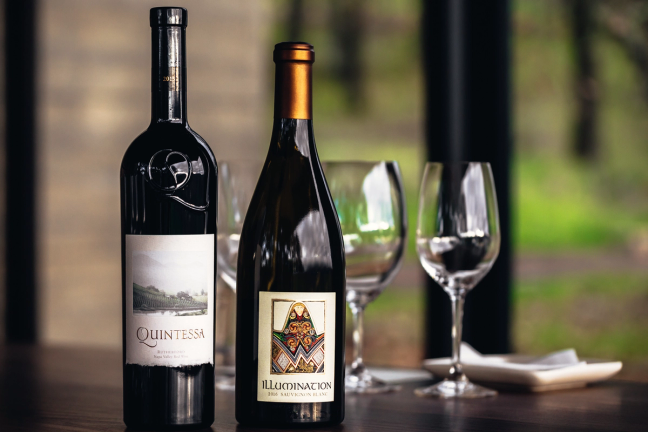
The California wine scene as we now know it took shape in the 1960s and 70s. In 1976, the English wine merchant Steven Spurrier was so impressed by the wines emerging from the Golden State that he organised a tasting in Paris, pitting California wines against their French counterparts. Spurrier persuaded the top French critics to attend, most of whom felt they were humouring him in doing so. To their astonishment — and that of the wine world at large — the California wines prevailed over the celebrated names of Bordeaux and Burgundy. The story made it into the pages of Time magazine and gained traction around the globe (it has since been the subject of countless articles, recreations,a film and a book).
Most of the wines that triumphed were from the Napa Valley, and the event cemented its status as thepre-eminent source of California — and hence American — wine. The region was going through a period of huge renewal at the time, with the likes of the pioneering, ambitious Robert Mondavi succeeding in turning wine into a lifestyle pursuit for the growing baby boomer generation. Suddenly, wine was something aspirational, to be enjoyed with good food and good company. And as more and more wineries sprung up, so they also started catering to well-heeled daytrippers who made the hour-long drive from San Francisco to enjoy equally well-honed wine tourism offerings.
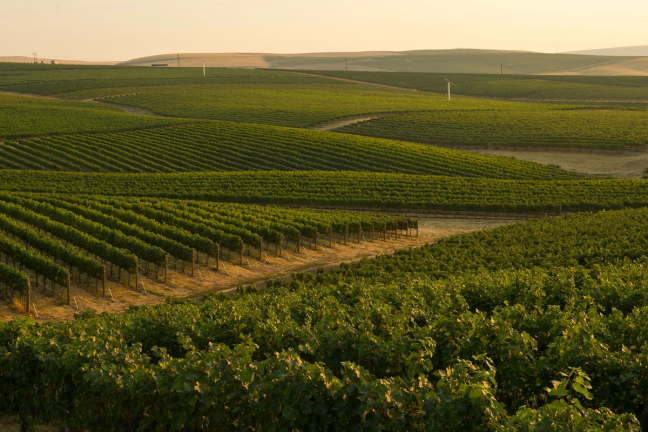
Today, just as California dominates the US wine conversation (the state is responsible for almost 90 percent of the country’s total production) so, for most people, Napa is the benchmark for California wine. And while this is true in terms of quality, it is testament to Napa’s reputation that in volume terms, the valley is actually responsible for just 4 percent of the state’s wines (a lot of confected, mass-market plonk is made in California’s inland Central Valley).
Napa’s stock-in-trade is big, bold reds. For much of the 20 years or so straddling the turn of the millennium, winemakers there were in thrall to the uber-critic Robert Parker, whose verdicts carried such weight that wineries started making wines with his taste in mind. Fortunately for them, Parker’s palate favoured powerful cabernet sauvignons, and the success of such wines created a virtuous circle of investment. Wealthy newcomers were attracted by the idea of adding a status symbol to their business interests in the form of a Napa winery. And if you’re going to make such a big, bold investment, you’re going to want to produce a big, boldwine, in a big, bold bottle, garnering a big, bold score…
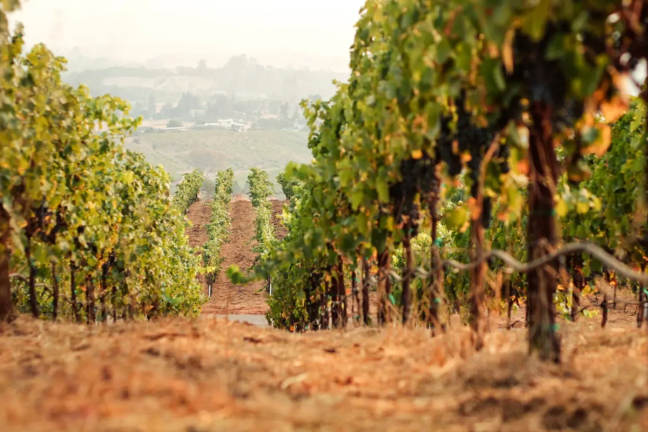
Parker stepped back from reviewing California wines in 2011 (formally retiring in 2019), by which time many consumers had started to become tired of wines whose overblown proportions (100 percent new oak, 15 percent — and sometimes more — alcohol) often meant that, while the first glass was impressive, the second was a chore. The wines of the early 2000s had also proven, in some cases, less durable than the 1970s heroes of Paris. To age well and develop complexity, wines need a strong line of acidity, whereas the jammy fruitbombs favoured by Parker often took on a stewed character after a few years in the cellar.
“Restraint is the buzzword among Napa winemakers these days,” says Chuck Cramer, aka Mr California Wine, a Los Angeles native who, despite working in the London wine trade for over 20 years, still carries a distinct west coast twang when presenting his wine-themed podcast On The Road. “No-one talks about getting Parker points any more.”
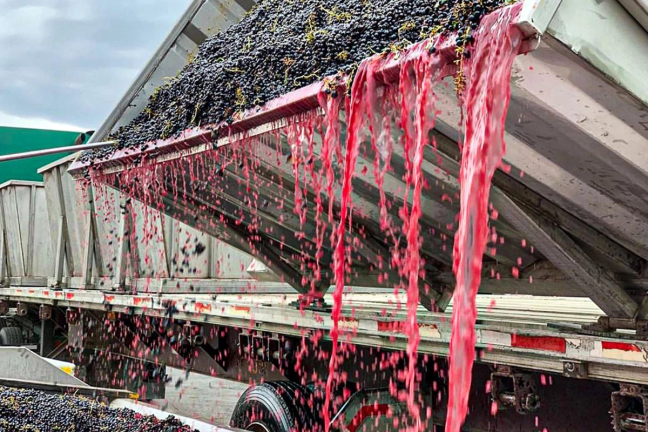
Napa’s signature style remains one of ripe, lush, sweet fruit — as it should be, given the region’s benevolent climate and long growing season. But many of the wines that cater for a wider audience and are exported to the UK tend towards a more balanced, nuanced, savoury nature. That said, constantly higher temperatures mean that the upfront, plush nature of Napa’s wines isn’t going anywhere anytime soon. And, as Cramer points out, there are lots of people who don’t want it to. “Many wineries sell the majority of their wines within California, often via mailing lists to club members who expect that big, brash style,” he says.
With that in mind, those looking for more restraint should also try Sonoma, which tends to a slightly cooler climate and, as a result, less overtly powerful fare. Further south, Santa Cruz (home to the stellar Ridge Vineyards, a stalwart of the Judgement of Paris) and Santa Barbara (the location for the film Sideways, a homage to the beauty of pinot noir) offer similarly elegant wines. And that’s where Washington and Oregon come in — their more northerly, cooler situation lending greater variety and nuance. Oregon is known primarily for its rounded but refreshing pinot noir, while Washington’s diverse climate gives rise to a broad array of varieties, from chardonnay to syrah. For a fine example of the latter, see the recommendations below.
Chateau Ste Michelle
SYRAH Columbia Valley, Washington State, 2019
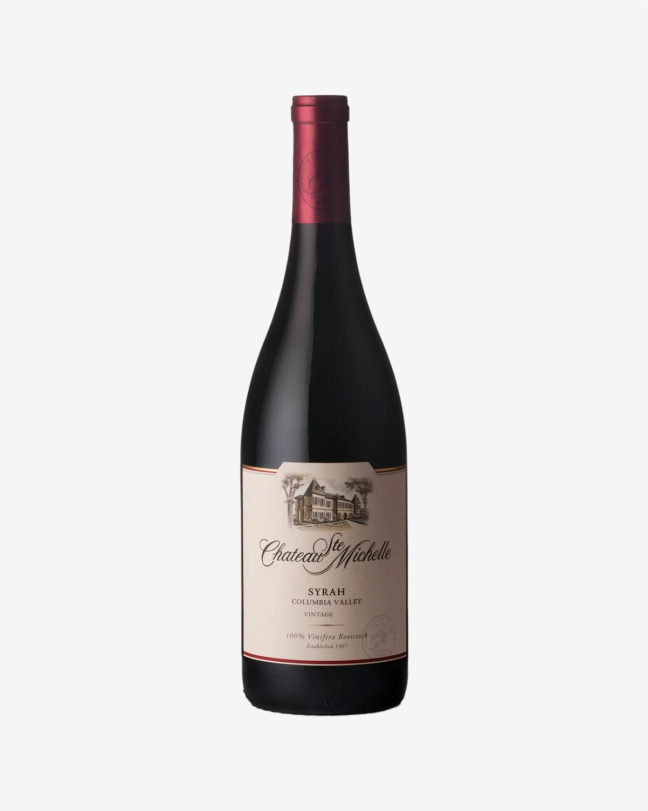
Washington State's oldest winery, Chateau Ste Michelle has formed partnerships with notable European winemakers such as Piero Antinori.
Chimney Rock
CABERNET SAUVIGNON Stags Leap District, Napa Valley, 2018
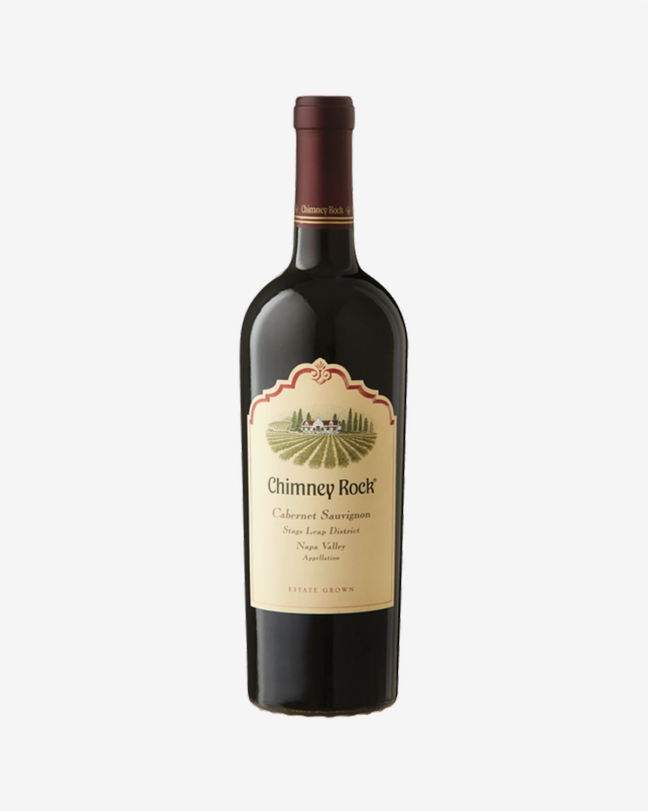
Labelled cabernet sauvignon, this is actually a 'Bordeaux blend' marrying cabernet (75 percent), merlot, cabernet franc and petit verdot.
Clos du Val
CABERNET SAUVIGNON Napa Valley, 2019

Clos du Val is a Napa classic and a stalwart of the 1976 Judgement of Paris. It's age worthy style, as exemplified by this deliciously smoky, savoury cab.
Frog's Leap Winery
CABERNET SAUVIGNON Rutherford, Napa Valley, 2018
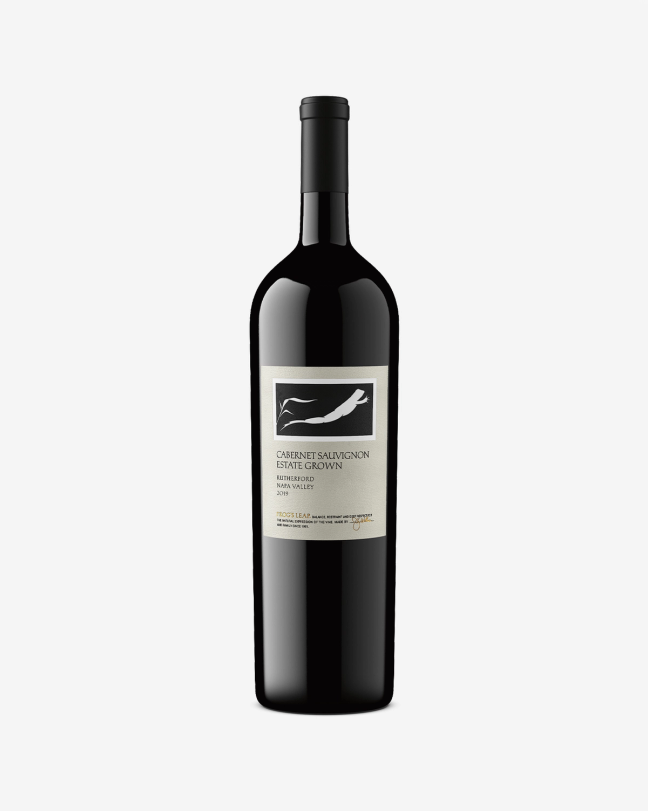
John Williams's organic, sustainable vineyard practices at Frog's Leap have borne fruit in the bottle, as seen in this refreshing cab sav.
Saintsbury
PINOT NOIR Carneros, 2017
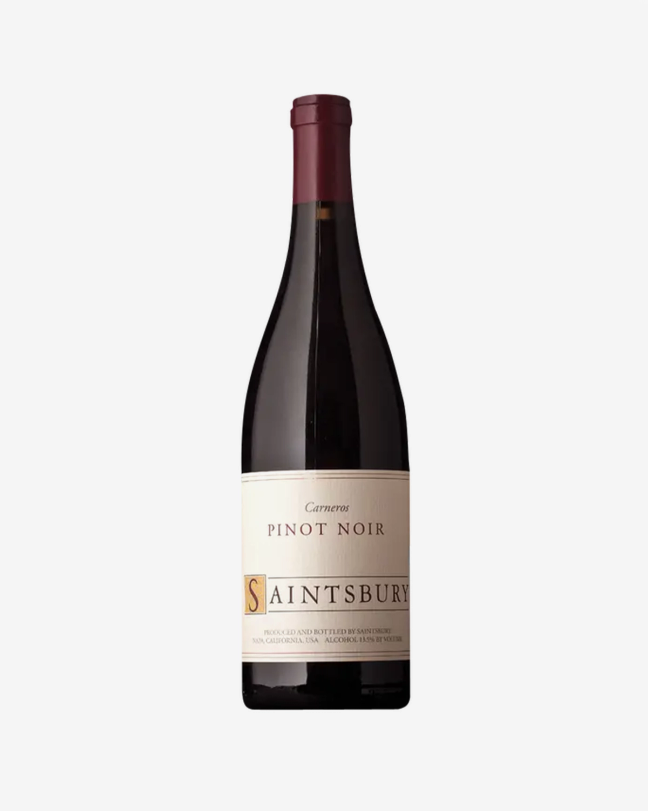
Proof that California can do elegant pinot noir comes in the form of this beauty — straddling Napa and Sonoma, it benefits from slightly cooler temperatures.
Craving more wine content? Here's why you should be drinking Lebanese wine...

Become a Gentleman’s Journal Member?
Like the Gentleman’s Journal? Why not join the Clubhouse, a special kind of private club where members receive offers and experiences from hand-picked, premium brands. You will also receive invites to exclusive events, the quarterly print magazine delivered directly to your door and your own membership card.

